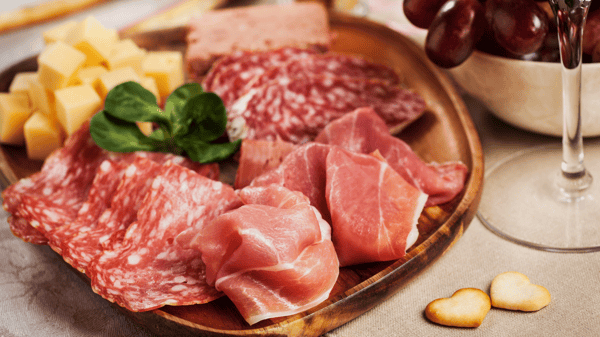
Slipping into a silky robe on a hot summer day is a feeling we can all dream of during Chicago’s icy blast. Now we’re bundling up in wool scarves and coats. But how would we feel about a wool scarf in August or a silk robe in December? To many folks, the textures just wouldn’t make sense.
It's the same with wine textures. They can enhance your experience, or they just might not make sense.
The feel of wine on the palate, dubbed ‘mouthfeel’ in winespeak, is essential to wine enjoyment. Depending on the day, time, season and menu, you may prefer a light, tangy Pinot Grigio served with Grilled Calamari or a powerful Cabernet Sauvignon with its gnash-and-tear tannin and a T-bone. But Cabernet with shrimp? Not so much.
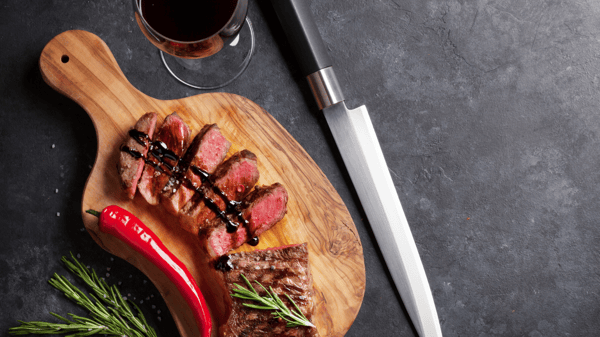 I’ve listed the major wine textures below. Each entry covers positive/not-so-positive descriptors, how to locate a wine of each texture, along with food complements and wines that we offer to you from The Chopping Block.
I’ve listed the major wine textures below. Each entry covers positive/not-so-positive descriptors, how to locate a wine of each texture, along with food complements and wines that we offer to you from The Chopping Block.
Body
Body is a general term meaning the weight of the wine on the palate. This weight is caused by alcohol, oak influence, sugar and fruit extract. Full-bodied wines, often from warm climates, complement fuller dishes; light-bodied wines, often from cold climates, are perfect wines for cocktails and to pair with lighter dishes.
Crisp/Sharp
Like the zing of fresh lemon, the palate is enlivened by wine’s acids, including tartaric (also found in aspirin), malic (green apple), citric (lemon) and acetic (vinegar). These are cold-climate wines, from Oregon, Germany, northern France and Alpine Italy. In winemaking, acid protects wine as it ages and balances sweetness. In a cocktail wine, acid signals the tummy that food is coming. It also cleanses the palate from the delicious goo of cheese and fried foods’ fat. Food complement: Antipasto of salami, prosciutto and cheeses with Pinot Grigio, Bozen (Alto Adige, Italy).
Buttery/Fat
Almost exclusively associated with Chardonnay-based wine, a buttery texture results from malo-lactic fermentation, which transmutes malic acid (green apple) to the softer lactic acid (found in milk). Furthermore, any contact with oak creates diacetyl, the flavor compound that makes butter taste like butter. Many Chardonnays from California combine malo-lactic fermentation and oak-ageing, hence the buttery descriptor on countless back labels. Serve these wines with – wait for it – buttery dishes, including fish and poultry prepared with butter. Food complement: Scallops sautéed in butter with Chardonnay, Raeburn (Russian River Valley, CA).
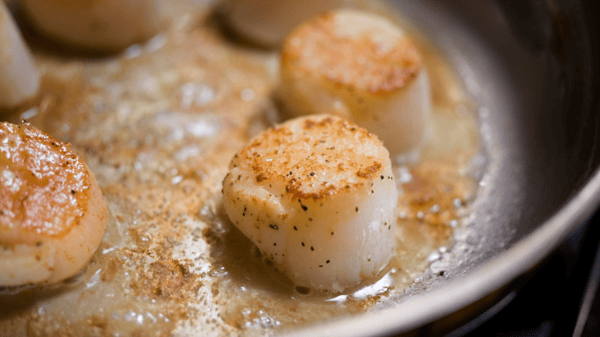
Creamy
Almost exclusively associated with sparkling wines made in the Champagne Method. As these wine age, pressure within the bottle break large bubbles into infinitesimal ones that caress the palate. A wine labelled ‘Cremant’ is bottled with fewer atmospheres of pressure than Champagne and deemed creamy. If effervescence troubles your tummy, try a Cremant or aged Champagne. Even with reduced sparkle, the wine’s ‘scrubbing bubbles’ cleanse the palate from delicious fat. Food complement: Quiche Lorraine with Cremant d’Alsace, Mure (Alsace, France).
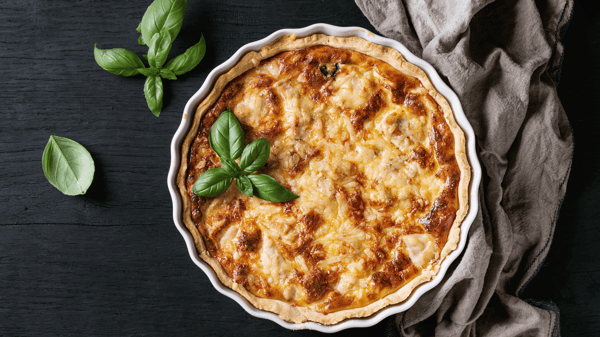
Firm/Scratchy
An astringent ‘grip’ on the palate, like black coffee, is tannin. Transferred to wine from red grapes skins, tannin is found in all red wine, including the lightest red – rosè. A wine with thick red color probably has higher tannin; a delicately hued wine has less. Tannin fights bacteria and protects wine as it matures. Like the grippy sensation of black coffee, tannin binds with fat and protein, i.e. your mouth. But when cream is added, coffee’s tannin binds to it, for a smooth mouthful. This is the root of the most famous wine and food rule of all: Pair red wine (high in tannin) with red meat (high in fat and protein). Food complement: Roasted lamb or beef with Cabernet Sauvignon, Requiem (Columbia Valley, Washington).
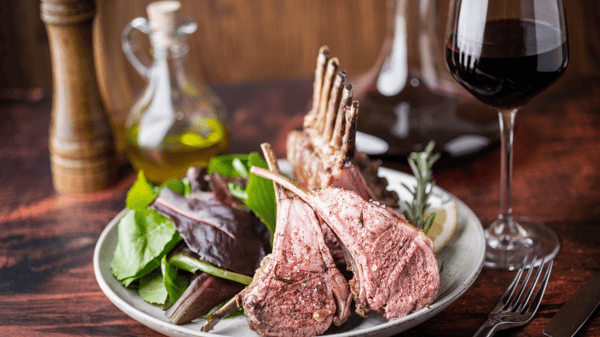
Powerful/Hot
A burning palate is sign that the wine is high in alcohol, upwards of 13% alcohol by volume (abv). These wines are generally grown in warm climates, including California, Australia, southern France and Italy. For the winemaker, alcohol helps to both stabilize the wine and sell it. For the consumer, alcohol’s lure on our civilization has been documented since our civilization began. Pair rich alcohol wines with dishes rich in fat and oil, to slow intoxication and protect the palate. Unless you enjoy a 5-alarm blaze in your mouth, avoid hot spices. Food complement: Rich stew of duck or red meats with Amarone della Valpolicella, Pra (Veneto, Italy), with a whopping 15%+ alcohol!
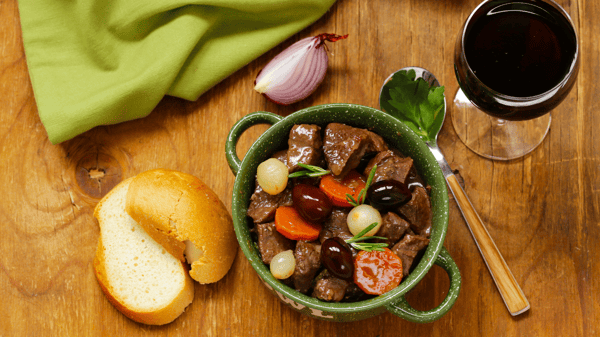
Smooth/Greasy
Wine’s more-or-less pleasing viscosity has many sources: alcohol, sugar, fruit extract and oak. Fine wine balances viscosity with tannin and acid, described with adjectives like ‘silky” (the finest Pinot Noir) or ‘velvety’ (Syrah). Without this balance, the wine sits on the palate, like grape syrup with alcohol added. Food complement: Grilled Salmon with Pinot Noir, Morgan (Monterey, CA).
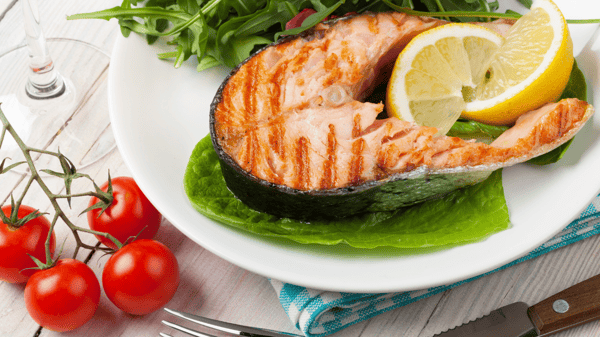
Structure
Like a building’s structure relies on the balance of elements including foundation, walls and beams, wine’s structure relies on the balance of wine’s basic elements: tannin, acid, alcohol and sugar. This balance determines wine’s age-ability: wines described as “richly-structured” may not be enjoyable until many years of maturation; wines with a soft structure have time to mature in your car on the way home from the wine shop.
To experience the full range of wine’s flavors and textures, join us for World of Wine: A Tasting Series coming up in January.
In four in-depth sessions, we’ll explore the world’s primary grapes, regions and taste eight hand-crafted wines every class, all accompanied by wine-friendly appetizers.

